By Tommy Clarkson from the April 2015 Edition
Duranta erecta ‘Sapphire Showers’
(Called Duranta repens by a few)
Family: Verbenaceae
Also known as: Pigeonberry, Golden Dew-drop, and Skyflower
(One of my readers in the Puerto Vallarta area, Chef Mavi Lugo De Graf, forwarded the accompanying pictures and ask if I knew what it was. I dug through my books, consulted Dr. Mark Earl Olson Zunica of UNAM and believe we have an answer.)
This originally West Indian, evergreen, drooping branch, vine is definitely, an attention getter! Its flora are large, beautiful racemes (clusters) of butterflyattracting, trumpet-shaped, white-tipped, and intensely, bluish violet lavender purple. (One wonders if I can find any more hyphenated words to describe it?)
These bunches of flowers are ¾ inch (two cm) with each blossom having flared petal tips with a white picotee edge. (“Picotee” is a flower whose edge is a different color than that of its base coloration. The word originates from that in French, “picoté”, which means “marked with points”.) Going further in the etymology of its name, the genus Duranta is named after the 15thcentury Italian botanist Castore Durantes and, of course, erecta is Latin for “upright.”
Fast growing (No, I get no bonus for the number of hyphens I use!), it likes full sun and deep watering, planted in well-draining soil. But we note at the outset that both the ornamental, orangish-yellow fruit (from which it derives its other name of Golden Dew-Drop)
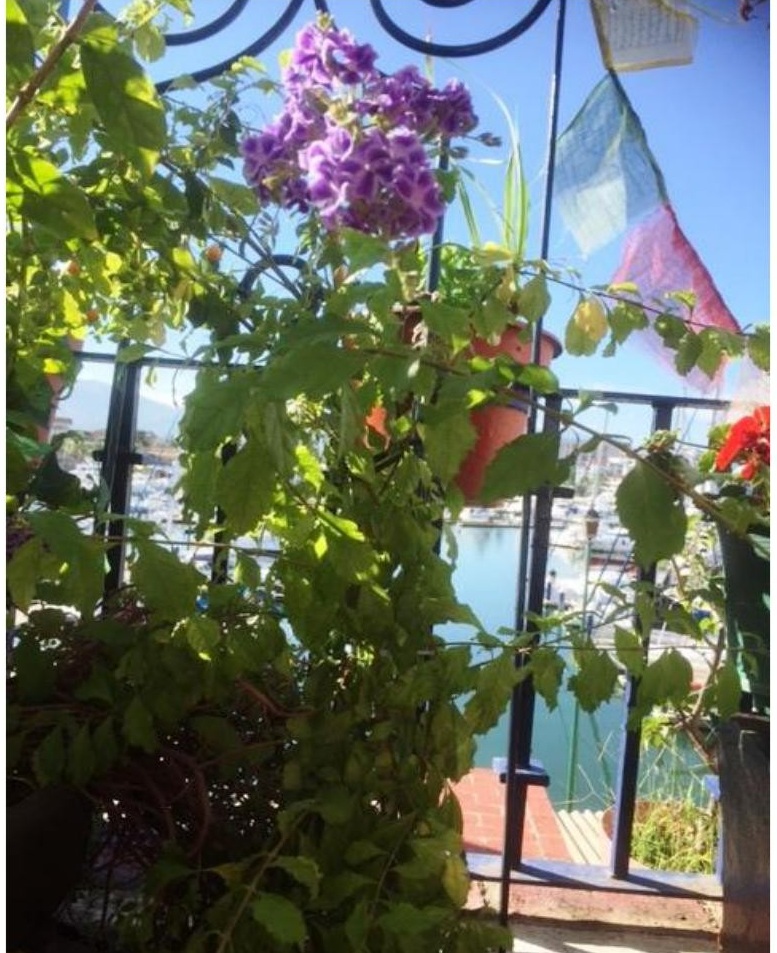
called a “globose drupe” by the botanical community as well as the foliage include the chemical compound saponin. (Though another usually reliable source says it is hydrocyanic acid which in small does can treat for intestinal worms). But, be apprised, that both are potentially poisonous. So proceed with it accordingly should you have children around or pets that gnaw on that which they should not.
Growing to 25 feet (just over seven and a half meters), and, sometimes, nearly as wide, it’s more tree than bush and, in these climes, should flower nearly year around. Butterflies, hummingbirds and bees love the blooms which have a slight “candy-like” fragrance while birds, in general, like its fruit which, obviously, follow the flowers.
This plant makes a great “blocker” or screen if you wish others to not see in or desire to not see the neighbor’s junky yard! Beyond that, one of my references said that this is “A good choice for espaliers”. OK, I agree. . . . once I looked it up to make sure I knew its meaning! Indeed, this bushy vine would prefer a trellis or frame of some sort to being left free standing. And yes, frequent pruning is not a bad idea but some of the Verbenaceae family have sharp-edged spines, so watch out!
With its potential growth habits beyond basic upright of arching, cascading, sprawling and weeping, it’s a pretty flexible plant. Accordingly, it can be used in a variety of modalities: as previously described, as an accent plant, containerized, a focal point specimen, incorporated as a hedge, employed in a landscape bed, worked into an outdoor living area backdrop, as a shrub border, in topiary as a tree form shrub and I’ve heard though not seen as bonsai. It’s the plant that does it all!
When planting and maintaining, keep in mind that it can be spread by suckers if the branches reach down to the ground. Otherwise, it can be propagated by seeds or cuttings.
Super-abbreviated, this is how to plant this beauty: Place your new Picotee Sky Flower plant, purchased from your favorite vevero (hopefully they will have or can get it), in rich, well-draining soil and compacting it enough to ensure no air pockets remain below; apply two to four inches of mulch but keep four inches from the trunk to prevent to potential of mold or rot; allow top two or three inches of soil to dry before watering; then water in the cool of the morning taking care to not splash the leaves or allow the soil to become drenched; every three months give it some extra nutrients with 10-10-10 fertilizer at a rate of one tablespoon for every square foot of soil beneath your plant’s canopy, then rake it into the top three inches of soil, watering well to activate the fertilizer; and then prune as desired to maintain desired shape.
It is my understanding that there are forms with variegated and golden leaves that are grown primarily for their foliage – but I have not yet come across them. But this variety is certainly a delight!
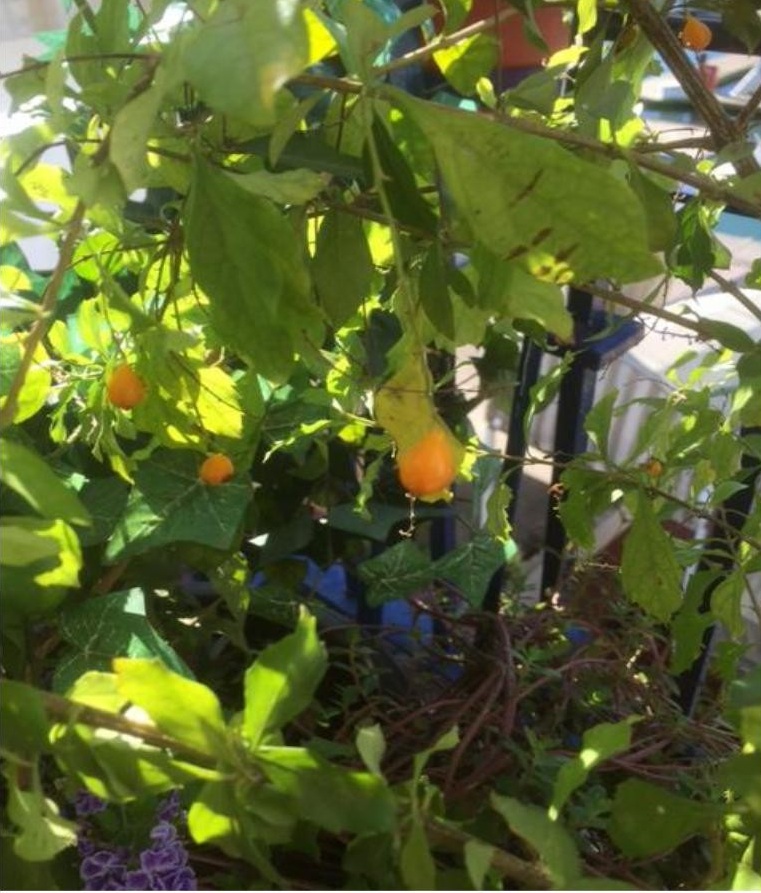
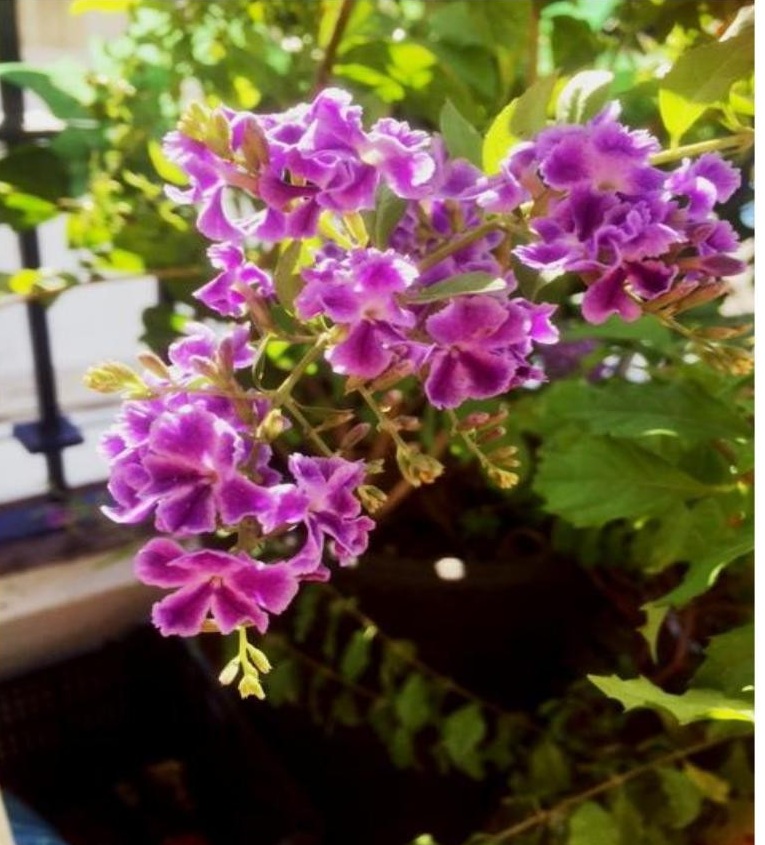
For back issues of “Roots”, gardening tips, tropical plant book reviews and videos of numerous, highly unique eco/ adventure/ nature tours, as well as memorable “Ultimate Experiences” such a Tropical Garden Brunches. Visit us at.. www.olabrisagardens.com
Download the full edition or view it online
—
Tommy Clarkson is a bit of a renaissance man. He’s lived and worked in locales as disparate as the 1.2 square mile island of Kwajalein to war-torn Iraq, from aboard he and Patty’s boat berthed out of Sea Bright, NJ to Thailand, Germany, Hawaii and Viet Nam; He’s taught classes and courses on creative writing and mass communications from the elementary grades to graduate level; He’s spoken to a wide array of meetings, conferences and assemblages on topics as varied as Buddhism, strategic marketing and tropical plants; In the latter category he and Patty’s recently book, “The Civilized Jungle” – written for the lay gardener – has been heralded as “the best tropical plant book in the last ten years”; And, according to Trip Advisor, their spectacular tropical creation – Ola Brisa Gardens – is the “Number One Tour destination in Manzanillo”.

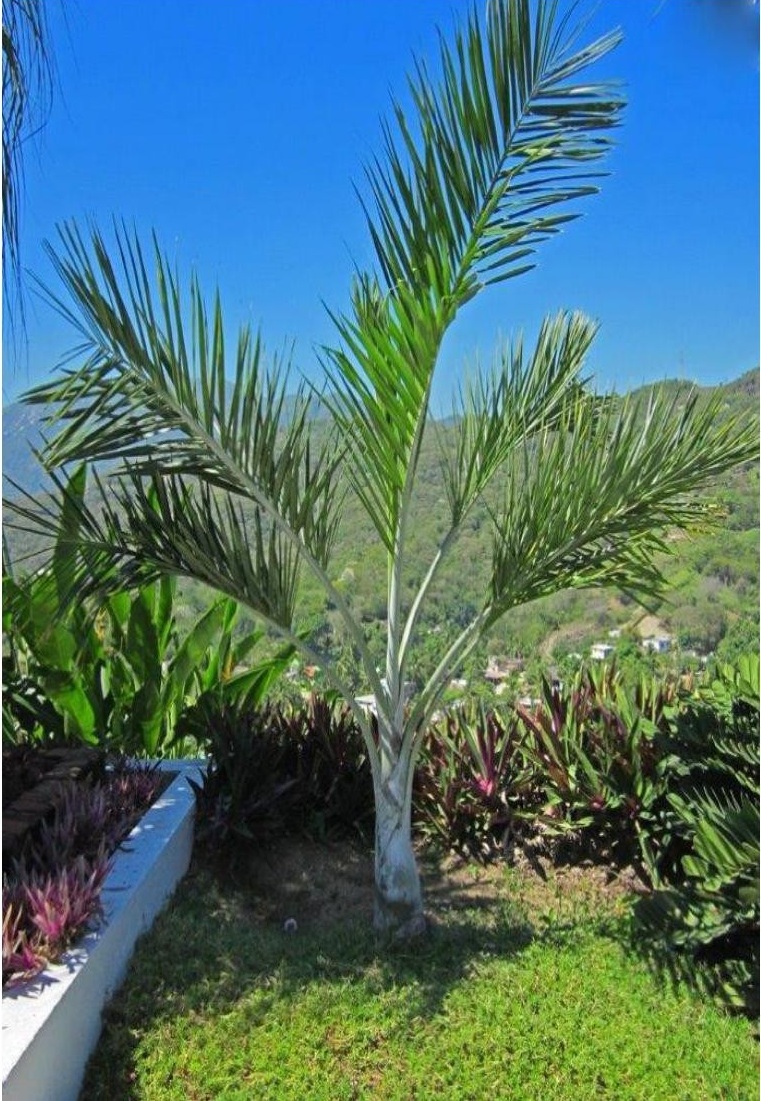
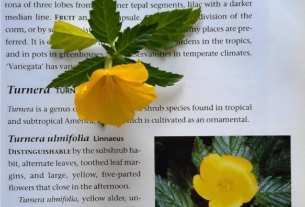

You must be logged in to post a comment.